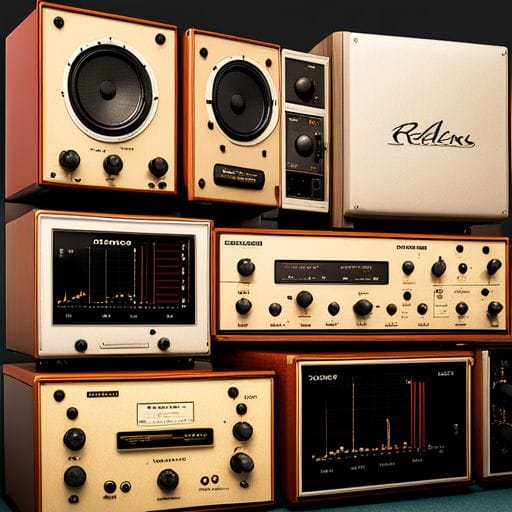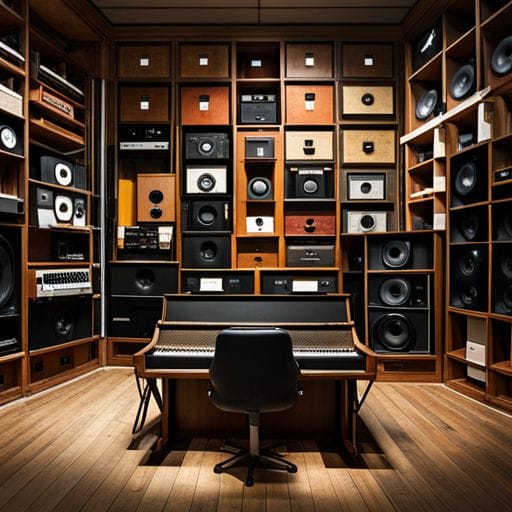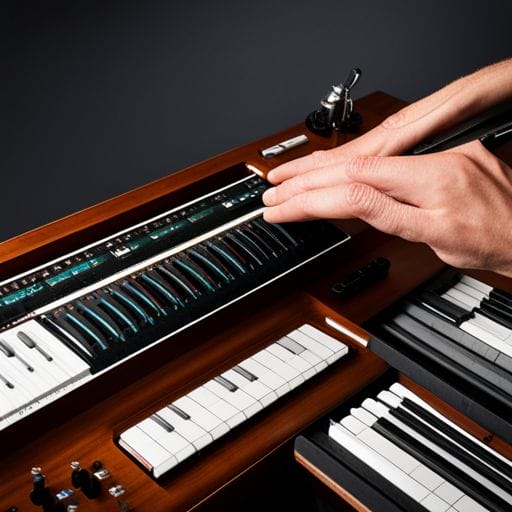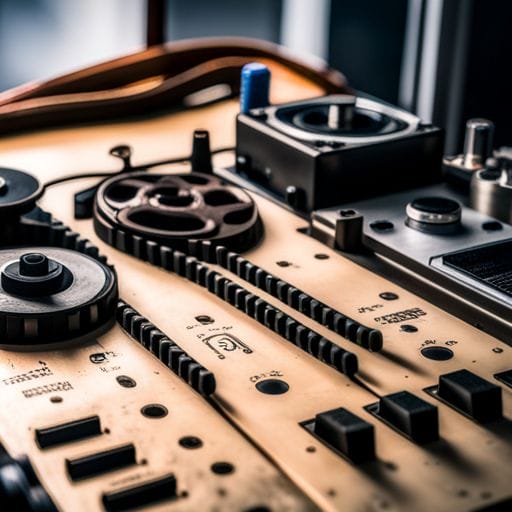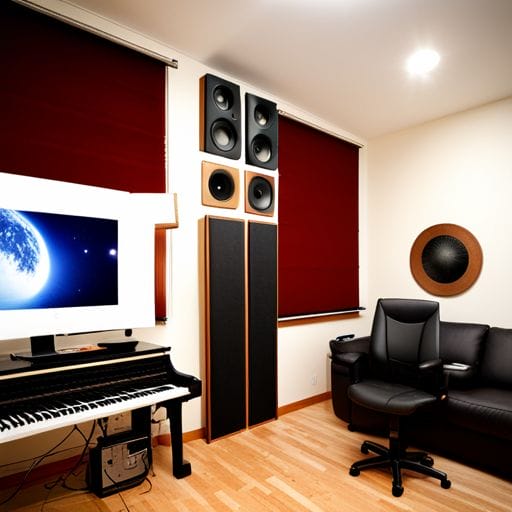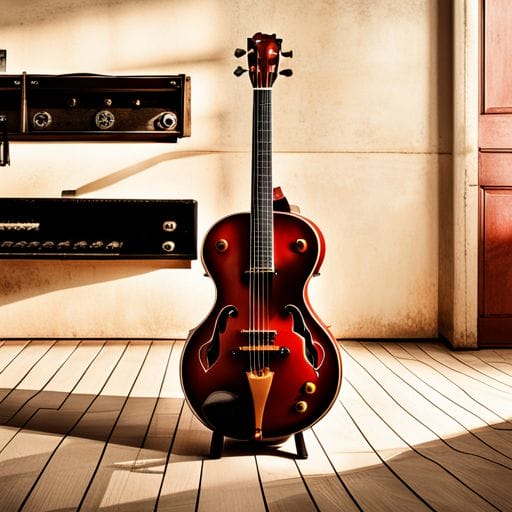Mono vs. Stereo Sound: The Difference Explained (With Audio Examples)
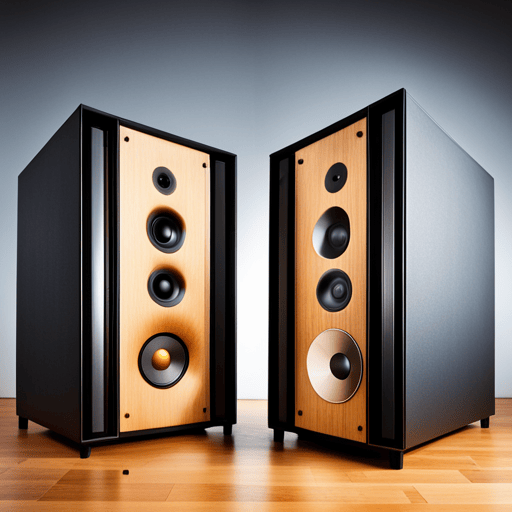
What is the main difference between mono and stereo sound as explained in the article?
In the realm of music and sound engineering, mono and stereo are two terms often used to describe the output of audio. Both terms refer to different methodologies of channeling sound from a source to the listener’s ears. However, if you’re not familiar with these terms, it can be difficult to understand exactly what they mean and how they impact your audio experience. In simple terms, mono uses one channel, while stereo uses two. When we get into more detail, the differences between these two can affect the perception of music or sound in significant ways. Let’s delve deeper into mono and stereo sound to highlight the differences.



